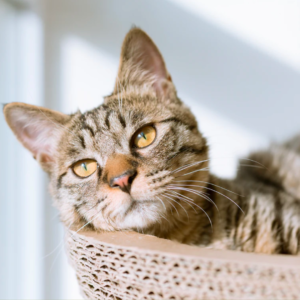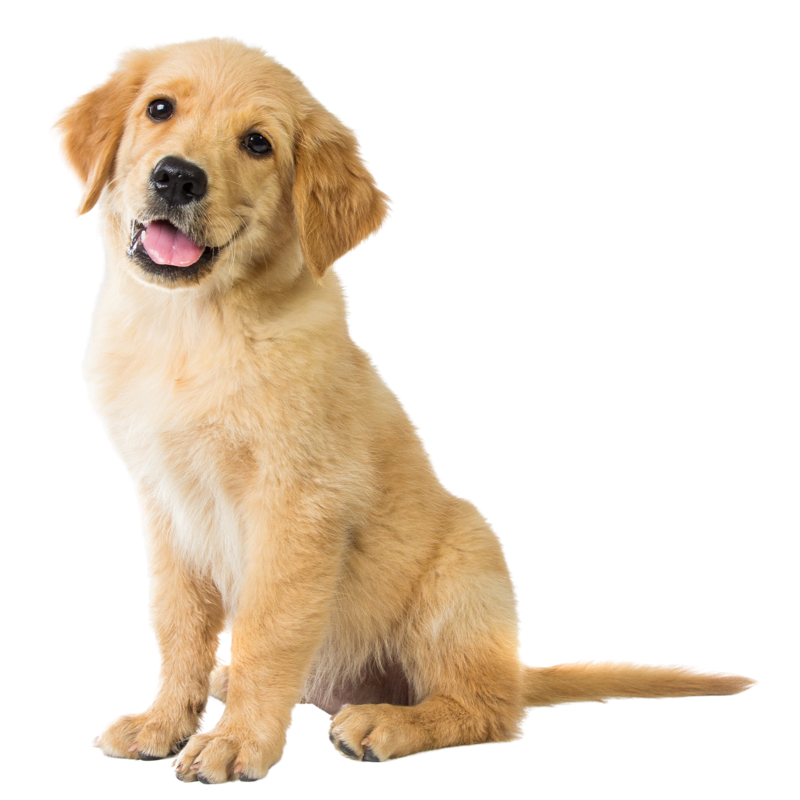Written by: Christine Attridge Hardy
Adopting a pet from a shelter can transform your house into a cozy home. Careful preparation is needed so that your new pet does not turn your house into a mess. The following tips will get you on your way to having it all—furry love and a tidy home.
Get Off to a Great Start
- Put a cozy bed for your pet in every room. Pets are much more likely to keep off of furniture if they have attractive alternatives to sleep on.
- Until your pet learns the house rules, don’t give him unsupervised access to rooms with sofas, beds or any other furniture you don’t want him on. Instead, spend time with your pet in those rooms and be ready to discourage him from jumping up on the furniture. It may help to leave a short leash on your dog; if he tries to hop up on your sofa giving a slight tug on the leash and saying “No” are excellent correction methods. Giving a treat also while you sit together will keep your new friend occupied and not always wanting to jump up.
Training
- Use dog crates and gates to confine your new dog when home alone until you feel they are ready to be on their own.
- Leave plenty of toys out for your dog to chew. If he has attractive toys and bones of his own, he’ll be much less likely to gnaw on your things!
- Provide kitty with a variety of scratching posts and perches—cat trees are helpful.
- Give your dog at least 30 minutes of aerobic exercise—running, fetching, playing or swimming—each day. A tired dog will be much less likely to engage in destructive behavior. A dog is always better behaved if kept busy; food puzzle toys are a great way also to keep them from getting bored.
Windows
- Avoid vertical blinds, pooling drapery, ornate tassels and long cords that can become strangulation hazards. If a dog or cat gets caught in any of these, they could panic and bring objects crashing down.
- Think twice about mini-blinds, which can get bent beyond repair when a curious pet tries to see the outside world.
Furniture
- Make sure slipcovers are machine-washable.
- Leather and vinyl furniture is easy to clean, but can be damaged by too-long toenails!
Walls
- Use washable semi-gloss paint in areas where pets may sprinkle spittle on walls.
Floors
- Machine-washable area rugs are easier to keep clean than wall-to-wall carpeting. If urine soaks into carpet backing, it is nearly impossible to remove. Enzymatic cleaners are made specifically for pet accidents on carpets.
- Tile, sheet linoleum and Pergo are pet-friendly floorings that allow you to easily wipe away accidents.
- Seal hardwood floors with polyurethane to prevent urine odor from lingering.
Keep Your Pet’s Eating and Sleeping Areas Tidy
- Spill-proof water bowls help prevent liquids from spilling on the floor.
- A large, absorbent placemat under food and water bowls will make for easier clean-up.
- Frequently wash your pet’s blanket and bedding; use a lint roller on pillows.
- Scoop the poop out of your cat’s litter box at least once or twice a day.
Cleaners
- If you use a product that contains ammonia to clean up your pet’s urine, you won’t be able to smell remaining odors, but your pet will! In fact, ammonia-based cleaners can actually attract pets and encourage them to urinate where they’ve made mistakes before. Instead, have on-hand a special enzymatic cleaner specifically made for cleaning up after your pet.
Grooming
- Regular nail trims keep your pet’s nails to keep from getting caught in furniture, scratching floors or getting in-grown.
- Brush your pet regularly to remove dead skin and hair that will otherwise end up on furniture and floors.
- Depending on size of your pet, going to a groomer is recommended every 6 – 8 weeks.
We hope you enjoy these few tips to help you and your new family member have many happy years together.




